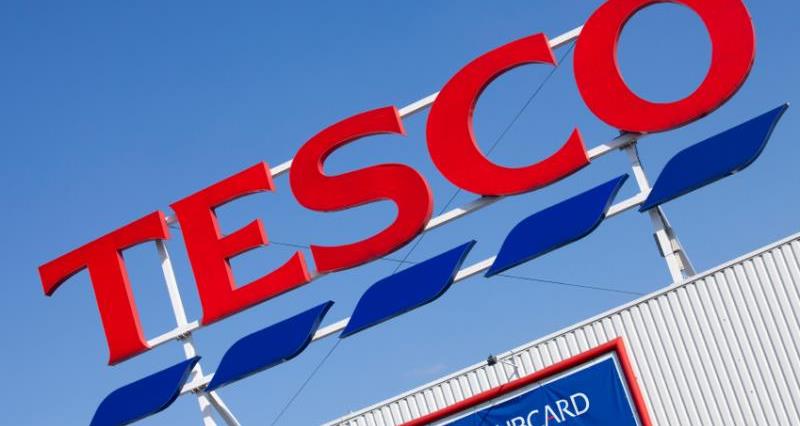CEO Dave Lewis saw the performance as significant progress and said the retailer is no longer in crisis. However, he remains cautious about the future, citing an increasingly competitive, deflationary market.
Financials
- For the year to 27 Feb 2016 Tesco have reported a £162m statutory pre-tax profit, this follows last year’s £6.3bn loss
- UK like for like sale for the fourth quarter were up 0.9% - this is the first time the business has seen growth in 3 years
- Sales volumes across the group are up by 0.1% - this is the first increase in 5 years
- Net debt is down 40%
NFU Commentary
Chief food chain adviser Ruth Mason said Tesco’s performance for the agricultural sector and NFU members during the past 12 months has been mixed.
She said: “There has been significant investment placed in the diary sector with the additional payments given for British own-label mild, medium, mature, Red Leicester and Double Gloucester cheese, as well as the development of a cost-of-production contract for lamb which was launched earlier this year.
“These are movements in the right direction, that build on the work Tesco has historically done with the Tesco Sustainable Dairy Group.
“However in many areas Tesco is still struggling to get the basics right and needs to ensure it builds trust and transparency within the supply chain that can be seen all the way back to farm. Tesco must be clear about its support for the British lamb industry and identify ways to communicate this to British producers – particularly as we move into the British lamb season in the coming week.
“We are also concerned about the fictional farm brands which have been launched and the image they portray. We believe that these brands are counter intuitive to Tesco aim to build credibility and trust within the supply chain – it is crucial that Tesco acts to rebuild this trust in the coming year.”
Our key asks of Tesco:
- Continue to offer sustainable pricing solutions for milk used for processed dairy products such as cheese.
- Be clear and transparent about the sourcing of British lamb.
- Extend British sourcing commitments to ready meals and processed products to help with carcass balancing.
- Work with the NFU to identify and deliver initiatives that increase consumption of fruit and vegetables.
Looking ahead...
- Peripheral businesses such as Dobbies are likely to be sold off by Tesco, allowing it to focus on the core UK retail business
- Tesco is likely to continue to focus on ‘customer-centric’ policies, meaning a continued drive to reduce prices at the shelf edge and increase the stability of these prices
- With a healthier balance sheet, you would expect Tesco to build more trust within its supply chains and work on extending the principals of the Tesco Sustainable Dairy Group to other sectors
- It is felt that it would be a natural progression for Tesco to introduce fictional farm brands over a greater number of product areas.
